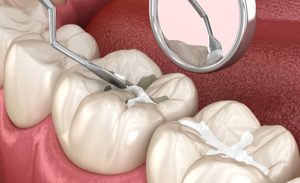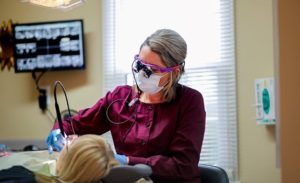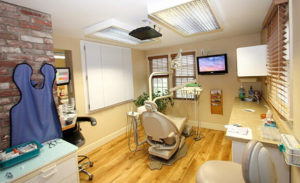
Disease is defined as, “a disorder of structure or function in a human, animal, or plant, especially one that produces specific signs or symptoms or that affects a specific location and is not simply a direct result of physical injury.” Symptoms are those which are felt and signs are those which are seen. Disease may show signs but no symptoms. Two areas dentists see signs of, often without symptoms, are bruxism (grinding)/clenching and GERD or gastroesophageal reflux disease, causing chemical erosion of the teeth.
Some people present with symptoms relating to these two issues, but more often than not, people do not have symptoms. Dental patients who present with signs of tooth wear or acid… (Read More)




 If you’ve recently invested in dental implants, you’ve made a wise decision. You can enjoy many summer foods you might have avoided, thanks to your new teeth.
If you’ve recently invested in dental implants, you’ve made a wise decision. You can enjoy many summer foods you might have avoided, thanks to your new teeth. 

 Does your jaw hurt in the morning? You might attribute it to your sleeping position or another minor issue, but it can be a sign of an underlying problem. You might have a habit of grinding or clenching your teeth while you’re sleeping. Not only can this damage your teeth, but it can also cause a disorder of your temporomandibular joints (TMJ). Here’s what might be behind your
Does your jaw hurt in the morning? You might attribute it to your sleeping position or another minor issue, but it can be a sign of an underlying problem. You might have a habit of grinding or clenching your teeth while you’re sleeping. Not only can this damage your teeth, but it can also cause a disorder of your temporomandibular joints (TMJ). Here’s what might be behind your 
